#bhuddism
Text
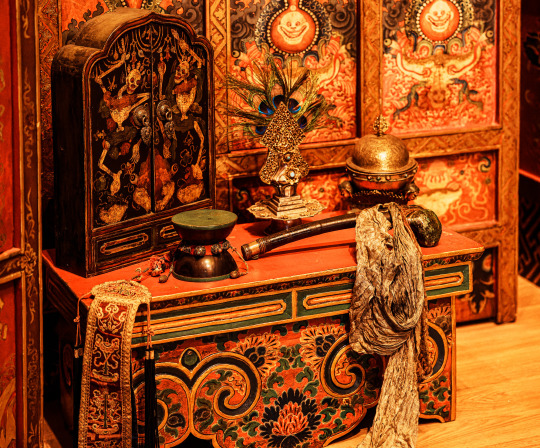
photo: David Castenson
#bhuddism#funerary objects#tibetan shrine room#national museum of asian art#photographers on tumblr#thigh bone trumpet#skull cup
101 notes
·
View notes
Text
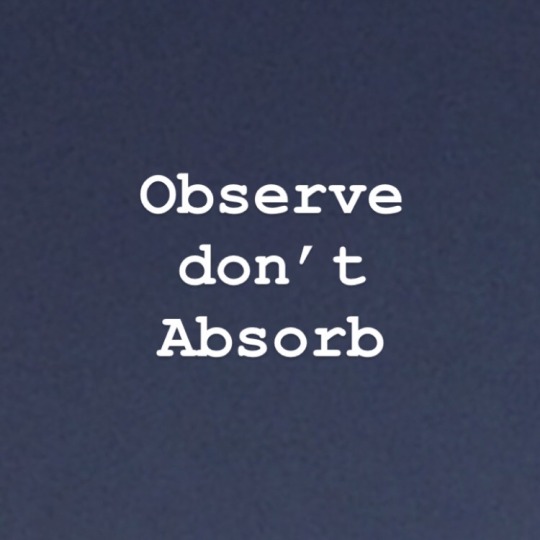
#observer#observe#don’t react#bhuddism#stoicism#philosophy#practical tips#5d consciousness#spirituality#newearth#awakening#universal spirit#expand your consciousness#resonance#namaste#pay attention#respond#be calm#spiritual development#spiritual awakening#spiritualawareness#spiritual knowledge#self awareness#spiritualgrowth#spiritualjourney#personal development#spiritual#spiritualawakening#spiritual vibrations#spiritual ascension
15 notes
·
View notes
Text

I swear I've redesigned this thing like three times until I was happy with it, but now I'm so happy I might just make the Shiny my new mascot.
There's so much symbolism I tried to sneak into the design without being obtuse; the scythe-tail, the skull patterns on the hands, the lotus on the forehead, and while it's not easily seen from this angle, the shell pattern is actually a reference to the Buddhist Eightfold path
I've been kinda inspired by poketubers a lot lately
#KS Art#Pokemon#Fakemon#sea turtle#ghost#ghost type#water#water type#bhuddism#artists on tumblr#sea turtles#turtle#turtles
7 notes
·
View notes
Text



Tales of Nagas can be found in Hindu, Buddhist and Jainist legends and in the mythology and folklore of many Southeast Asian peoples.
In Hindu traditions, they are frequently described as chthonic deities, or agents of the Underworld, or being associated with water, especially water that comes from underground.
They live in the netherworld called Patala, which is the beautiful underworld of Hinduism.
They could be a positive or negative force in different tales, but were also portrayed as very clever and enormously powerful. They often stood as guardians, and made ferocious defenders of items the gods had given them to protect.
However outside of their guard duties, their actions tended towards the benevolent, or at least neutral
They could be coldly calculating, but also their tremendous intelligence made them more likely to think before acting, carefully weighing their options and decisions.
#naga#nagas#nagi#nagini#snake people#snake woman#hindu tradition#bhuddism#hinduism#hindu mythology#hindu texts#jainism#buddhism#buddhist#southeastasia#southeast asia#ai art#humanoid art#humanoid animals#anthropomorphism#anthropomorphic art#furry oc#furry art
4 notes
·
View notes
Text
Cats with crystalss <33 ◇☆◇☆◇

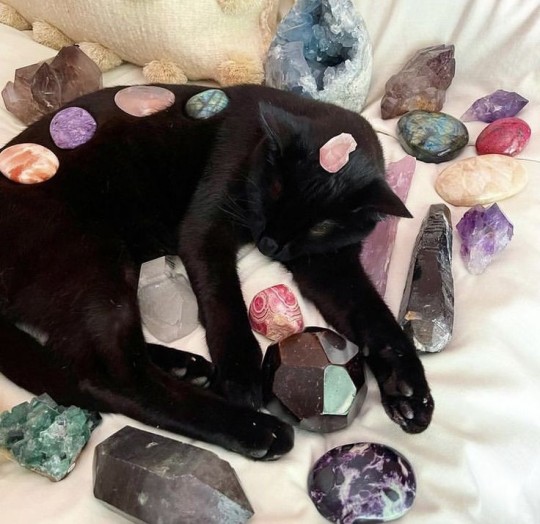


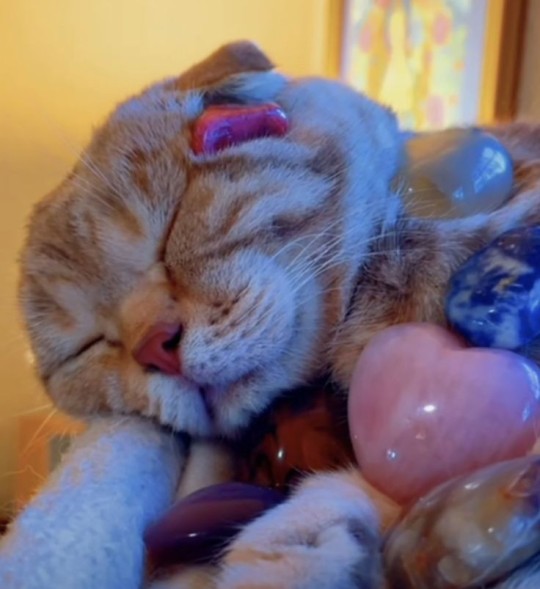
#kitty#my cat#cats of tumblr#aesthetic#crystals#spirituality#bhuddism#bhudda#meditation#calm#calm aesthetic#kittycat
23 notes
·
View notes
Text

💜 1 million subscriber complete ✅ Sant Rampal Ji Maharaj YouTube channel ⚡😍❤️🔥
#SaintRampalJi 💖💜💖
#kabirisgod#santrampalji is trueguru#kabir is real god#santrampaljimaharaj#india#delhi#youtube#hindu gods#hindu hinduism religion swaminarayan trending hindutva viralreels temple vishnu viral hindugod hindufestival sanatandharm#krishna reels om mahabharat bhagavadgita shiva mahadev maa hindutemple hindurashtra explore reelsinstagramsaintrampalji santr#hare krishna#hare rama#islamic#christmas#bhuddism#panjab#mumbai#ayurvedic doctor in kolkata#america#canada#srilanka#news#pjo tv show
2 notes
·
View notes
Text
I present to you two formulas that are different in form but virtually identical:
Self-help + mindfulness + karma + self-enlightenment + yoga = white bhuddism
Bonus points: astrology, psychedelics
Dancing around the fire + "ancestral" + any Celtic symbol + fairies + paganism + holistic living = Celtic spirituality
Bonus points: LOTR stuff, ogham, crystals, manifestation
#I'm truly tired#19th century orientalism never died it evolved#The combination of pseudo science cultural fetishism and paternalist cherry picking drives me crazy#Be spiritual all you want. Don't do it through vailed neocolonial romanticised stuff#Bhuddism#Celtic cultures#As someone raised in Bhuddist culture I can tell you your self-centered colonial fantasy won't survive a visit to Cambodia lmao#“People have always done this” indeed. And others have called them out. Particularly in the case of celtic cultures this fetishism while#the actual tradition bearers and speakers struggle to survive makes me sick. You invent a culture that never existed on one that still is#here but is far less glamorous or useful to you.
4 notes
·
View notes
Text

❤️🕊️
2 notes
·
View notes
Text
Unique Japanese shrine, Namba yasaka jinja, Shrine in Osaka!
🎎✨ Step into the magical world of Namba Yasaka Jinja Shrine in Osaka! 🦁⛩️ Experience the enchantment of this unique shrine that you simply must visit. Prepare to be captivated by the extraordinary Big Lion head, a rare sight in Japanese shrines and temples. Don't miss out on this must-see destination in Osaka! Subscribe to Adventure Alex for more fascinating journeys like this one! 🌸🎥
youtube
#osaka travel#Unique shrine#must see#must see shrine#Japan#Japanese Culture#Shrine wonders#Shrine#Shinto#bhuddism#Youtube
5 notes
·
View notes
Text






Van Dusen Castle
Built in Latvia in 1234 AD, at 12:34 pm, Van Dusen Castle was named after Count Vladimir Van Dusen, who never lived to see his commission completed. However, after becoming a vampire, the Count saw his project through to its completion, and was most satisfied with the result.
Since his original Catholic faith was not terribly tolerant of vampires in the 13th Century, Vlad Van -D (as his drinking buddies called him) converted to Buddhism, having been inspired by his travels with his lover Marco Polo. Vlad's coffin was kept in the highest room of the tallest tower.
In his garden, one cam see the small mini-tower where Vlad stored the blood of his enemies, and insurance salesmen that stopped by his castle. Gargoyle faucets squirted out the blood as needed.
#wrong castles#castle#mansion#van Dusen mansion#Minneapolis#unreality#vampire#medieval#gargoyle#garden#tower#bhudda#bhuddism
2 notes
·
View notes
Photo
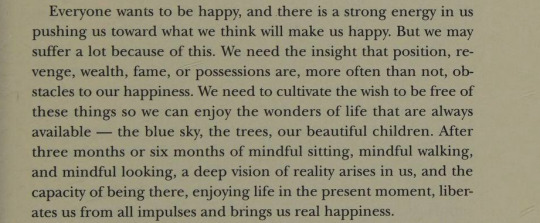
Thích Nhất Hạnh, The Heart of the Buddha’s Teaching (p.33)
6 notes
·
View notes
Photo

“Enlightenment is a destructive process. It
has nothing to do with becoming better or being happier. Enlightenment is the
crumbling away of untruth. It's seeing
through the facade of pretence. It's the
complete eradication of everything we
imagined to be true.”
― Adyashanti
7 notes
·
View notes
Text

14 notes
·
View notes
Text

Large incense
3 notes
·
View notes
Text
The oldest man-made structure in South East Asia, and why you've never heard of it
The Bujang Valley (called Lembah Bujang in Malay), is an area of 224 square kilometres, and is littered with ancient Bhuddist temples. The oldest of these ruins is estimated to be more than 2,500 years old, making it the oldest in SE Asia. It is located in Kedah, a Malaysian state.
For reference, Angkor Wat in Cambodia (the supposed largest religious complex in the world), is 1.6 square kilometres. Angkor Wat's construction took place from 1122-1150.
So why isn't it more well known?
To be clear: I am not a historian with extensive knowledge on the subject, I was just curious when I heard about it, and decided to make this post mostly for my own reference. As a Malaysian myself, I was surprised when I heard about for the first time over dinner a few days ago with my Gramma, who is Kedahan. So, I've made this (non-comprehensive) list based on research and my own opinions.
Time. As with all historical buildings, these temples (called candi- pronounced "chandi") have faced the onslaught of time. Thanks to Malaysia's humid climate, the wooden roofs have rotted through, exposing the rest of the building to weather and insects. Because of this, many written records and scriptures from the period these temples were in use have also been lost.
Development. In 2013, a 1,200 year old temple was destroyed by propertu developers. This candi was the 11th of 17 registered, and was one of the oldest in Kedah, and led to public outrage. The government of Kedah responded by stating they were not in the wrong because the land was privately owned and it had not been gazetted as a site of historical significance. Since then, the Tourism and Heritage Ministry has agreed to 'consider' gazetting it, and has been nominated by Malaysia (and backed by numerous Asian countries) into the UNESCO World Heritage List. This happened in the same year (2013), but still has not made it.
Disorganisation. The museum in Bujang Valley itself is unkempt and disorganised. Relics and artifacts from the numerous candi are also scattered across the Malayan Peninsular, from Muzium Negara (the Nation Museum) to Singaporean museums (as Singapore was once a part of Malaya). Because of this, it must be difficult for scholars to write extensive research; the resources are not readily avaliable.
Funding & Skills. The original archeological dig was lead in part by Western archeologists that have since left the country. Now, Malaysia is not a wealthy country, and to be honest, the government's focus just simply isn't on history. Despite the revenue tourism and outside eyes would bring, the time and cost it would take to restore the candis is not yet seen as "worth it". Thankfully, the government announced in 2017 that they would do more research and preserve Bunjang Valley's incredible historical significance. However, with the recent political climate (3 elections in as many years, as well as the imprisonment of a former Prime Minister) as well as storms and flooding throughout Peninsular Malaysia, it is not surprising that not much progress has been made. Currently, local graduate archeology students are the ones spending the most time at the different sites across Lembah Bujang, uncovering and organising new relics such as stone caskets, ceramics, ornaments and Hindu icons.
Location. There is evidence from "resting" ships buried under the earth, and records from elsewhere in Kedah, that the region was once a bustling port. The reason for this is simple: an abundance of iron. Gunung Jerai (Mount Jerai) is rich in haematite and magnetite. The ore was then smelted and traded at these ports for weapons, chariots, and armour, which explains the wealth uncovered within the temples. However, this is no longer the case. With the aforementioned "resting" ships, alongside the fact that this area is no longer as rich as it once was, it won't have escaped your notice that something happened to change the economic and geographical landscape of Lembah Bujang. This factor was falling sea levels. The ports dried up, and such trading was no longer convinient for sea-farers.
And that's all I have the time to write right now. I'm not sure how many people will see this, so if you did, I hope it was an interesting read! With that being said, this was just the culmination of a couple days research, and is not an academic paper. If you have any more knowledge on Bujang Valley and its temples, please share! I'd love to hear more insight on the topic :)
4 notes
·
View notes
